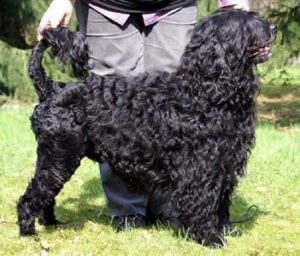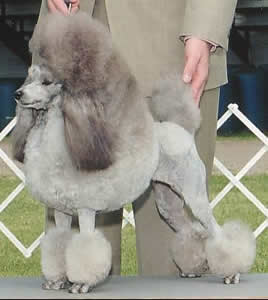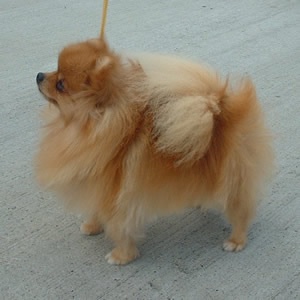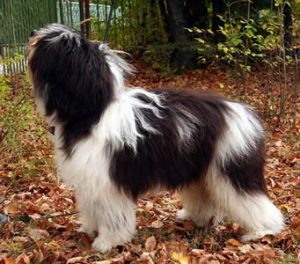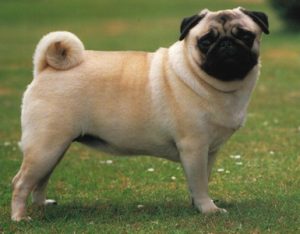
The Pug is a small breed of dog with a wrinkly, short muzzled face, and curled tail. Pug puppies are often called puglets. The breed has a fine, glossy coat that come in a variety of colours, and a compact square body with well-developed muscle. They have been described as multum in parvo (“much in little”Wink, referring to the Pug’s personality and small size. Known in Ancient China as “Lo-Sze”, they may have been responsible for both the modern Pekinese and King Charles Spaniel.
They have Chinese origins, but were popularised in Western Europe by the House of Orange of the Netherlands and the House of Stuart of England, Ireland and Scotland. In dog shows, there has been one best in show winner at the Westminster Kennel Club Dog Show and one at the World Dog Show. They can suffer from a variety of health issues, including overheating, obesity, pharyngeal reflex and two fatal conditions which are granulomatous meningoencephalitis and hemivertebrae. In addition, care must be taken by their owner to clean the folds of skin on their face.
Description
The breed is often summarised as multum in parvo (“much in little”, describing the Pug’s remarkable personality despite its small size. While the Pug appearing in eighteenth century prints tended to be long and lean, modern breed preferences are for a square, cobby body, a compact form, a deep chest, and well-developed muscle. There are two different types of a Pug’s ears, “rose” and “button”. “Rose” ears are smaller than the standard style “button” and are folded with the front edge against the side of the head. Breeding preference goes to “button” style Pugs. The legs are very strong, straight, of moderate length, and are set well under. The shoulders are moderately laid back. The pasterns are strong, neither steep nor down. The feet are neither so long as the foot of the hare, nor so round as that of the cat; well split-up toes, and the nails black. The lower teeth normally protrude further than their upper, meeting in an under-bite. Pug puppies are referred to as “Puglets”.
Coat and colour
Their fine, glossy coats can be fawn, apricot, silver or black. A silver coat is characterised by a very light coloured coat, absent of black guard hairs. A silver Pug typically has a very dark head, with no clear delineation at the mask, and dark forelegs. The markings are clearly defined. The trace is a black line extending from the occiput to the tail. The tail normally curls tightly over the hip.
Different coat types shed to varying degrees, but they all shed quite a bit year round. Fawns, which have both an undercoat and an overcoat, are the most notorious for shedding. Regular coat grooming can keep the shedding down.
Temperament
Strong willed, but rarely aggressive, the Pug is suitable for families with children. The majority of the breed are very fond of children, and sturdy enough to properly play with them. Otherwise they can be quiet and docile, but also vivacious and teasing, depending on their owner’s mood. They can make good watchdogs, and they are always alert, but not yappy.
—————————————————————————————————————–
CARING FOR YOUR DOG NEWSLETTER – Delivered Directly To Your Inbox – Starting Immediately – SIGN UP FOR FREE TODAY
—————————————————————————————————————–

